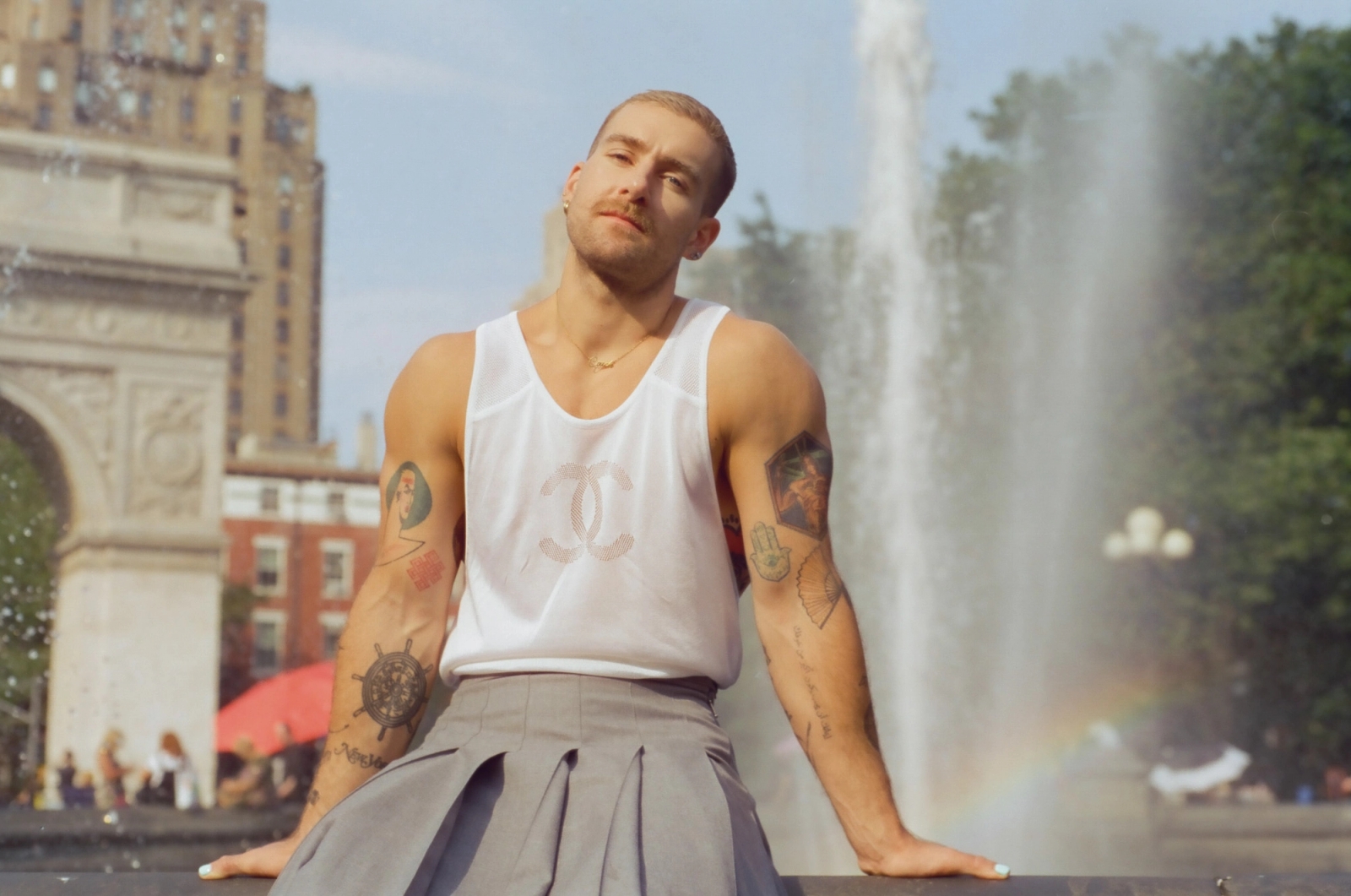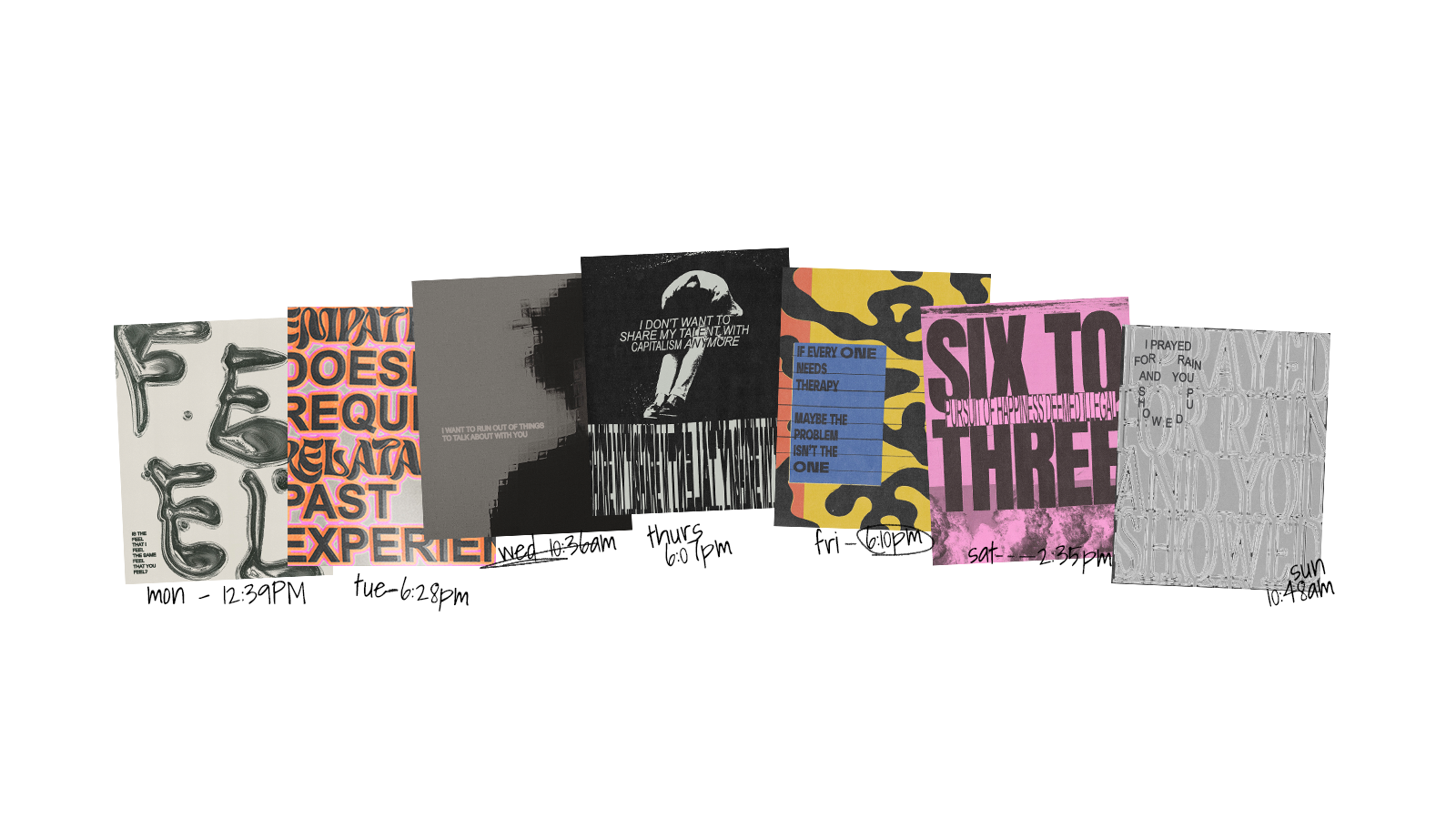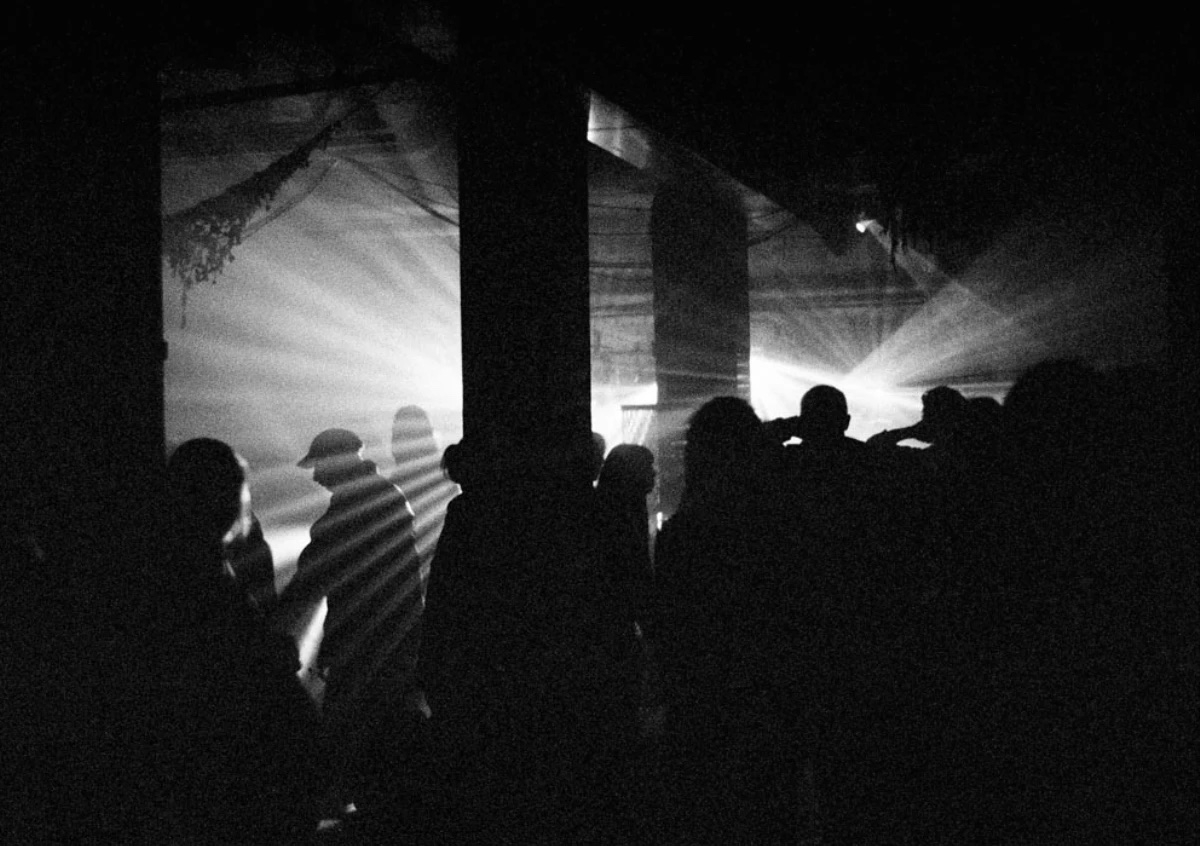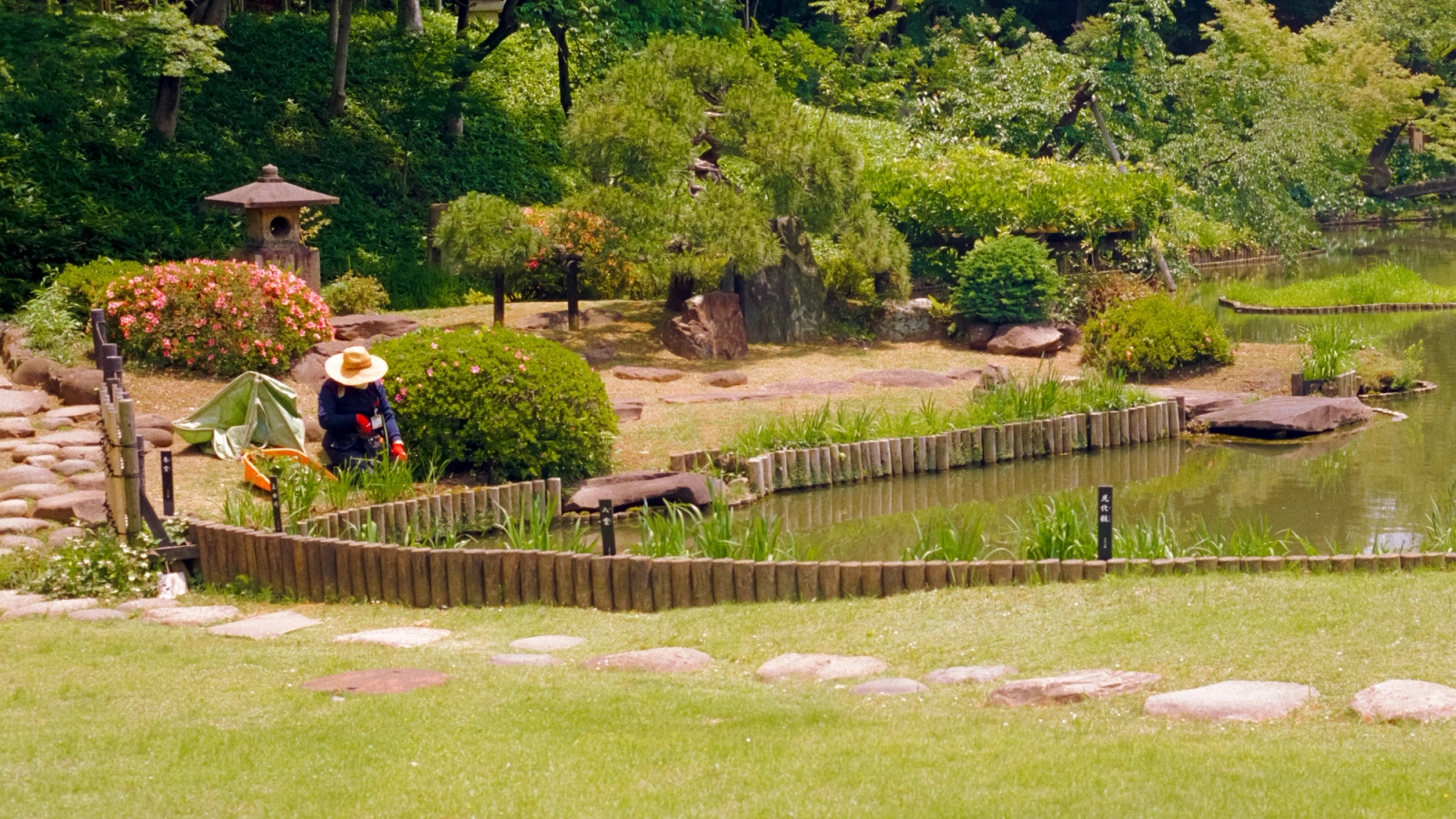
As part of our Internal Artist Spotlight series at MATTE, Designer Austin Aubry takes us on a visual tour of his 9-day bike ride across Kyoto, Nagoya, and eventually through the rolling rural rainforests of the Japanese countryside.
Aubry’s love of cycling has been a long standing affair, only matched by his passion for creating distinctly intimate images. When he landed in Osaka after a 16 hour flight from NYC, he was greeted with the warm embrace of his childhood friends. The same longtime companions that he grew up biking with through the deserts of southern Utah, now joining him across the world with packed bags and bikes in tow; A surreal experience to say the least.
As a cycling enthusiast he shipped his personal bike across the world with a bare bones approach. Everything he needed or deemed necessary was packed into a compact backpack on his bike (think ‘backpacking’ but on a bike.) Carrying his entire life on two wheels for two weeks: clothing, gear, cameras, everything.
400 miles and a 20,000 foot climb from Osaka to Nagano; steering through drenching storms just to find stillness in sunny cityscapes, it was all a deeply cathartic experience for Aubry. Senior Brand Manager Chester Huynh sits down with Austin Aubry for a conversation on the process, the impact of a once in a lifetime bike ride, and the presence of color-play that is distinct to his work.
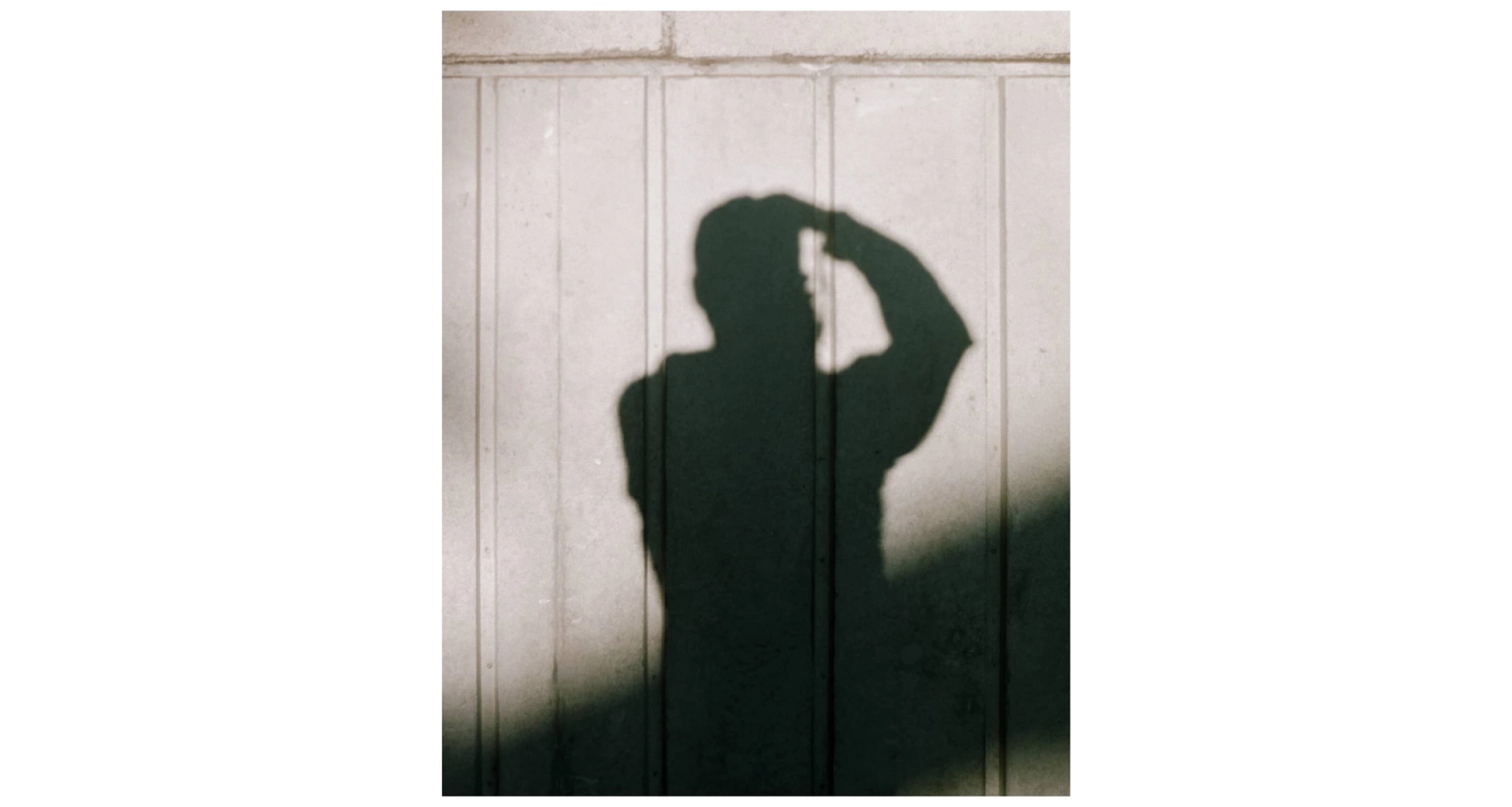
Through patient investigation, my vision is to reveal the full emotional saturation absorbed in each moment. The strange and peculiar nuances of everyday life are woven into my process, escorting the camera through the immediate environment.
The primary inquiry that guides my lens is not what is seen, but what is felt.
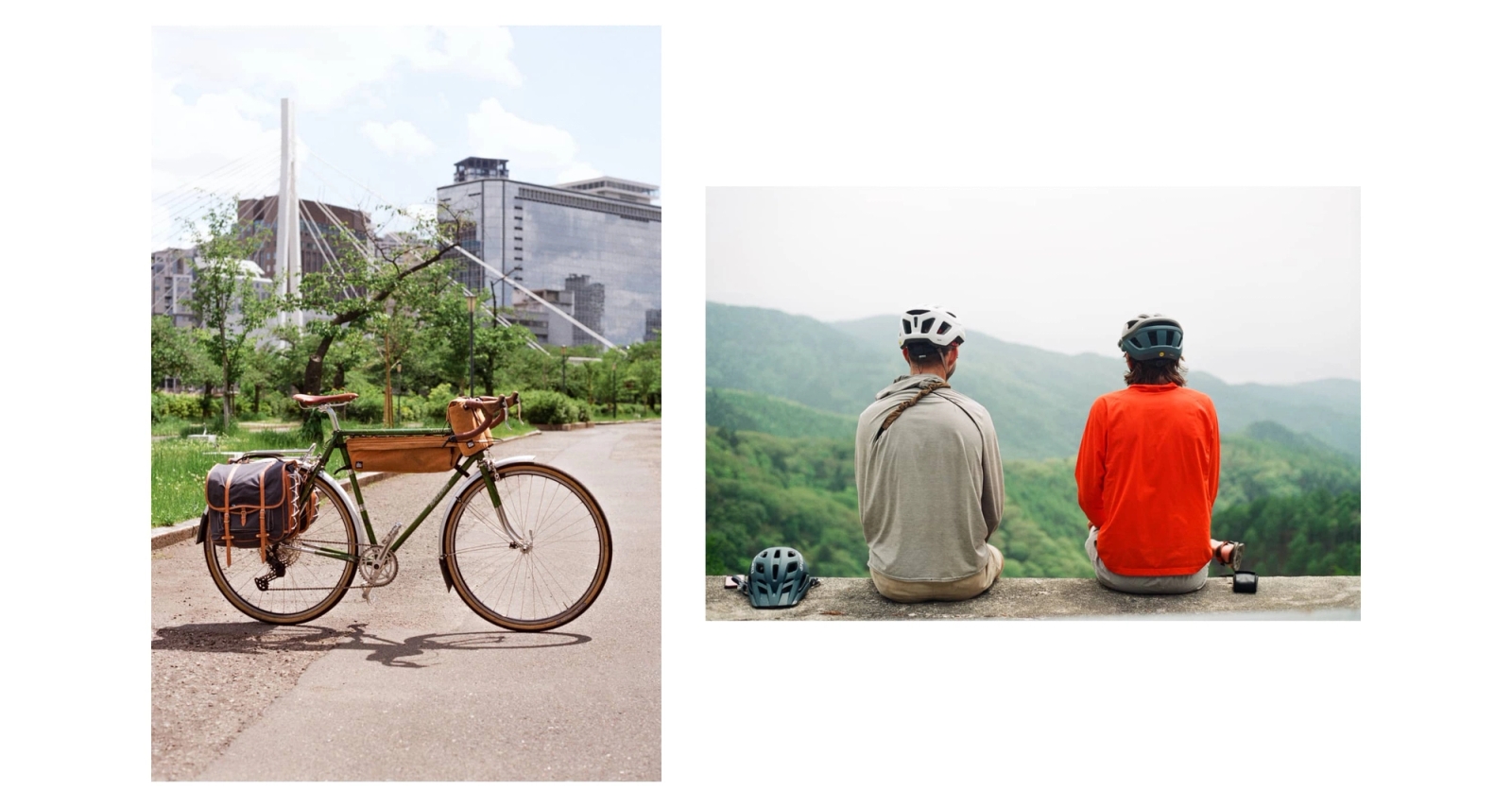
Tell us about this bike ride across Japan: how long was the journey, what was the why?
Growing up in southern Utah, nature was at the core of my being. Playing with friends as a kid usually meant playing outside and biking on the red rocks in the desert. As a New Yorker, these kinds of opportunities aren’t as easy to come by so when my childhood friends told me they were embarking on a bike tour trekking across Japan from tip to tip… I had to join. My leg of the journey was a 400-mile segment with 20,000 feet of climbing; first touching down in Osaka and biking through the alps to Nagano, where we hopped on a bullet train to Tokyo where I spent the last few days of the trip.
We camped along mountain passes, carrying all of our lives in just a couple of bags hanging on our bike racks. I had my gear, some clothes, convenience store snacks, and my film camera. My photographic process is rooted in being in the present moment, keeping a minimal set up allowed me that space.

What was one special memory from this trip?
Moving our way to the outskirts of Osaka lead us along a riverside path, sunk beside the road above us. It was the perfect bike-packing path that gave us needed space from the city but with enough proximity to continue the exploration along the ride.
When the skyline started to clear, the scene simplified with only a tall grass hill to our right and the river to our left. After a few miles, I looked up and saw this local cyclist stopped in his tracks. He gazed into the pastel hues that the sky painted us with, just as mesmerized as we were. This instantly painted a “scene” in my mind and I snagged this 35mm shot of our two-wheeled neighbor.

Is there a process to how you approach photo editing? What do you think about first, and what do you look for last before the image is ‘done’.
Shooting on film has allowed me to focus on getting everything right in camera first. From choosing the film stock to fine-tuning exposure while I’m shooting, the final edit is always at the forefront of my process, not just on the screen. There’s a pinch of unpredictability with the analog medium, which keeps the editing dynamic and encourages me to treat each image as its own unique piece, rather than using a batched approach.
My work aims to recreate not only what was seen, but what was felt. When editing, this is what guides me. A raw shot surely conveys what was in front of the camera, but I keep my editing process minimal in a way that still feels natural. If a scan looks different from how the scene felt, I focus my adjustments to recreate what I experienced in that moment.
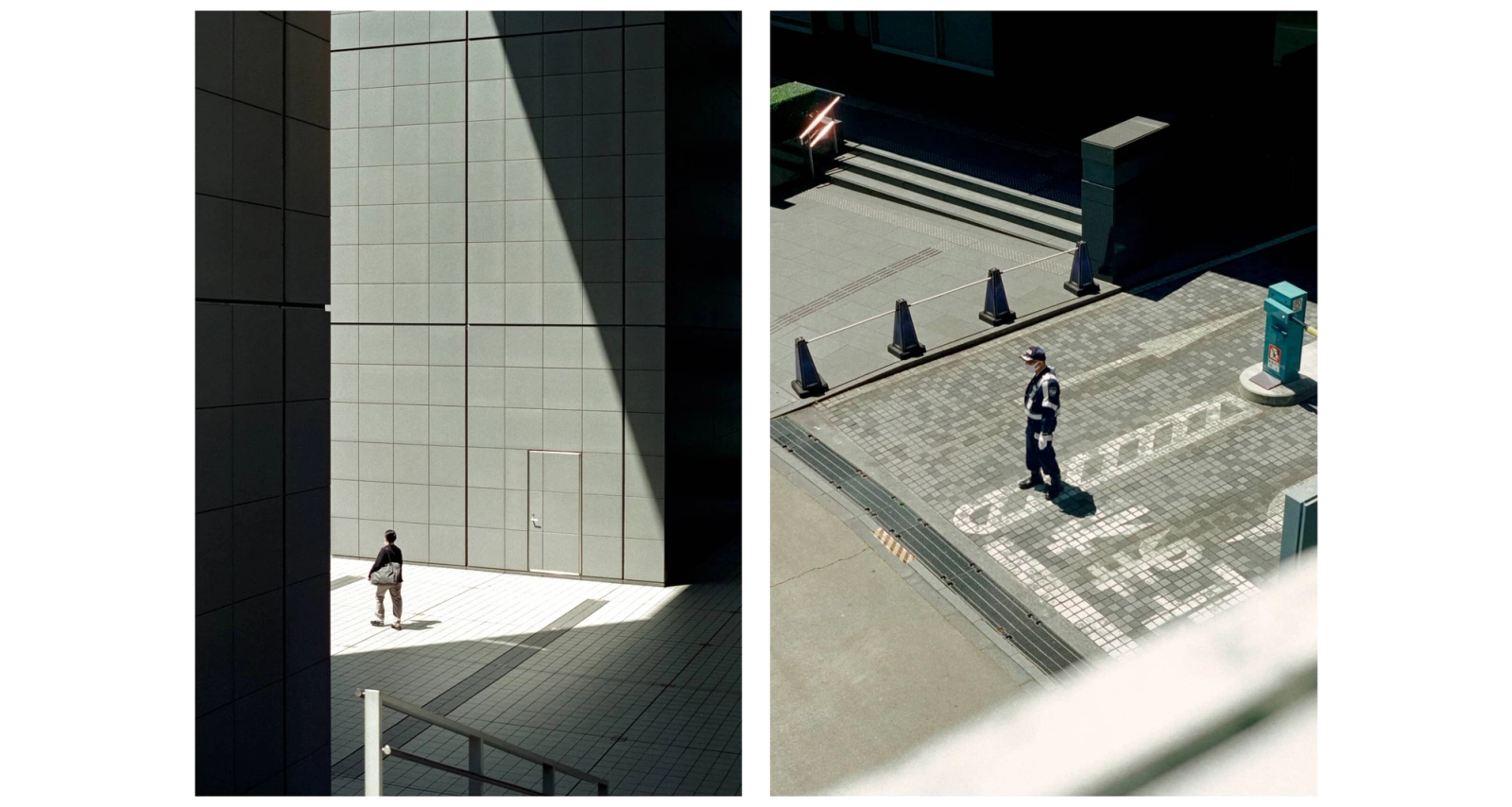
Color seems to be one of the biggest tools in your storytelling, what is your relationship with color?
Before I dove into photography, I was initially drawn to cinematography. I grew a deep fascination for how filmmakers would take a color palette and apply it throughout a full feature, conveying emotion and alluding to key elements through subtle color application and editing. When I transitioned into the photo world, I wanted to bring the same approach to my work.
Color to me is emotion, color to me is depth, color is story, it’s arresting. This was explored thoroughly in my first solo gallery titled “Consolations in Color”, where I used unexpected color relationships to process emotional turmoils I was going through at the time. The concept has stuck with me ever since. I process emotions mentally, and then process them again in the edit.
In my mind, each emotion has a color associated with it. This is how I paint my work. It’s a delicate balance, dissecting the color data of a raw image and extracting it to reflect the present moment and all its saturation, while maintaining a realistic quality in each piece.
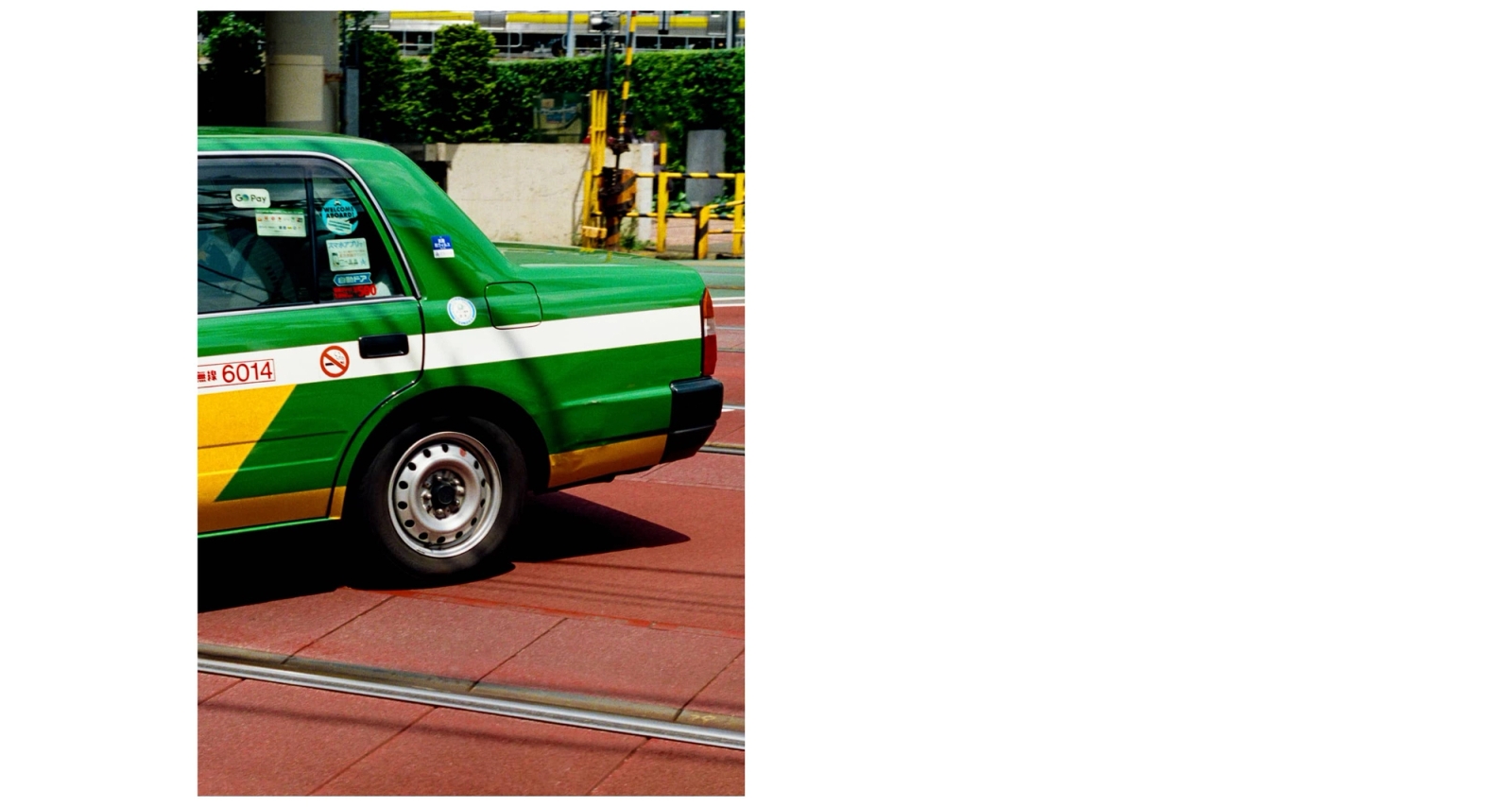
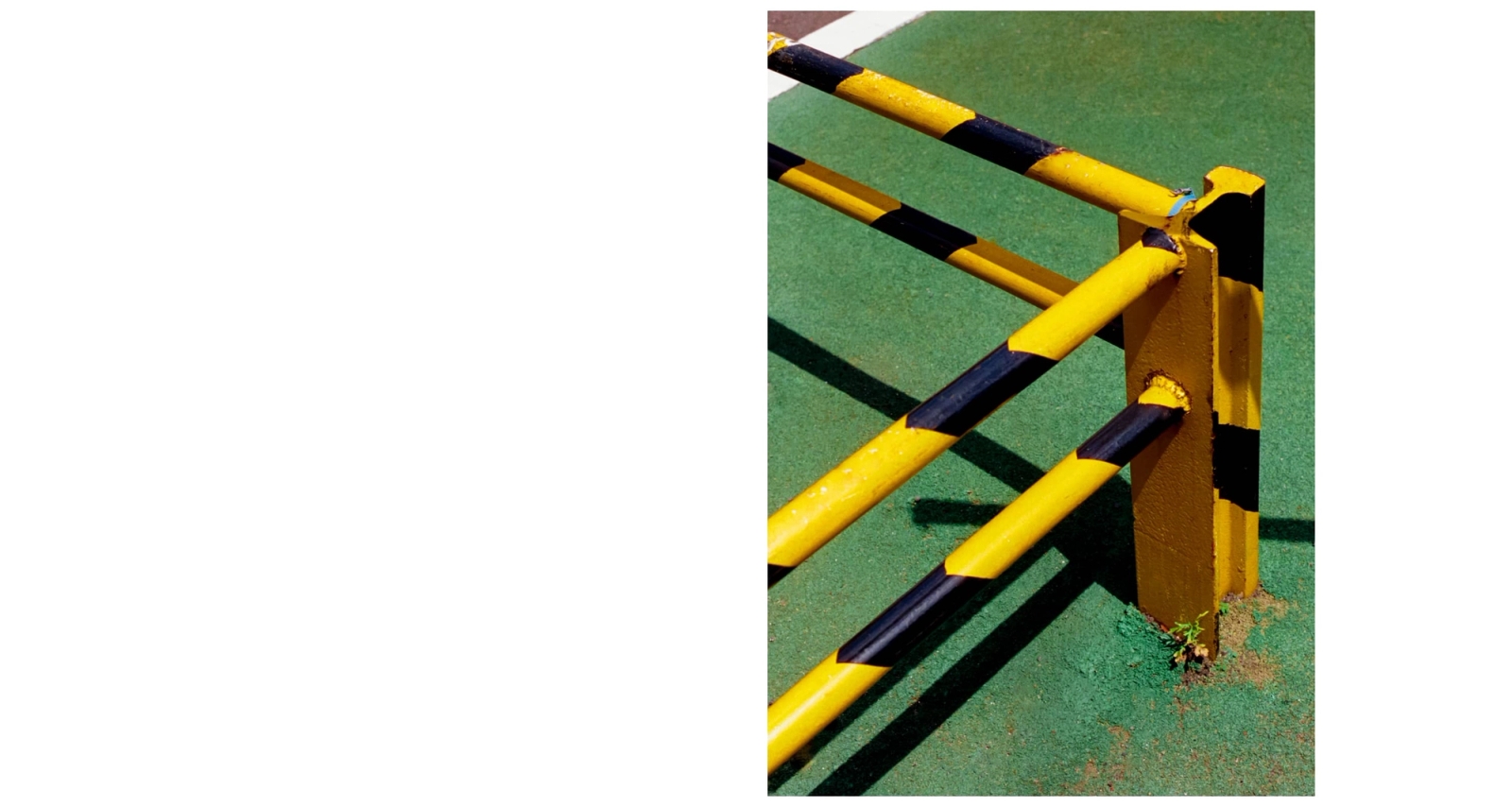

Where do you go to find inspiration? Is it a place or is it a memory, or is it something else?
Most of my inspiration is born in the present moment. While I often reference films and paintings for my stylistic approach, I let the world around me inform my work. Photography has helped me stay curious about my surroundings everywhere I go.
Creating street photography has had considerable influence, as the medium is rooted in an acute awareness of what’s unfolding around you. When you’re in the city, someone’s silhouette might cross the perfect pool of light for only a split second - so patience, presence, and a sharp reaction time are essential prerequisites to that style. I’ve carried this approach across all mediums I explore. A scene can be filled with any subject: be it a car, a building, or an open window. I like to keep an open mind when framing my lens and not hold any arbitrary restriction based on a preconceived idea.

Often in your work, people fade into architecture and structures. They’re part of the composition but I feel like ‘people’ are never the main focal point…what’s the thought behind that creative decision?
When creating street photography scenes I love playing around with a sense of space and scale. Building out the balance between the two motifs helps me stay grounded in visual harmony, which I always strive for in my practice.
Studying design within an architecture program certainly had an influence on the way I capture people and their environments. It nurtured an understanding that while a built environment can hold great beauty, it’s the human interaction that really brings purpose to a space. The world is nothing but those who inhabit it.
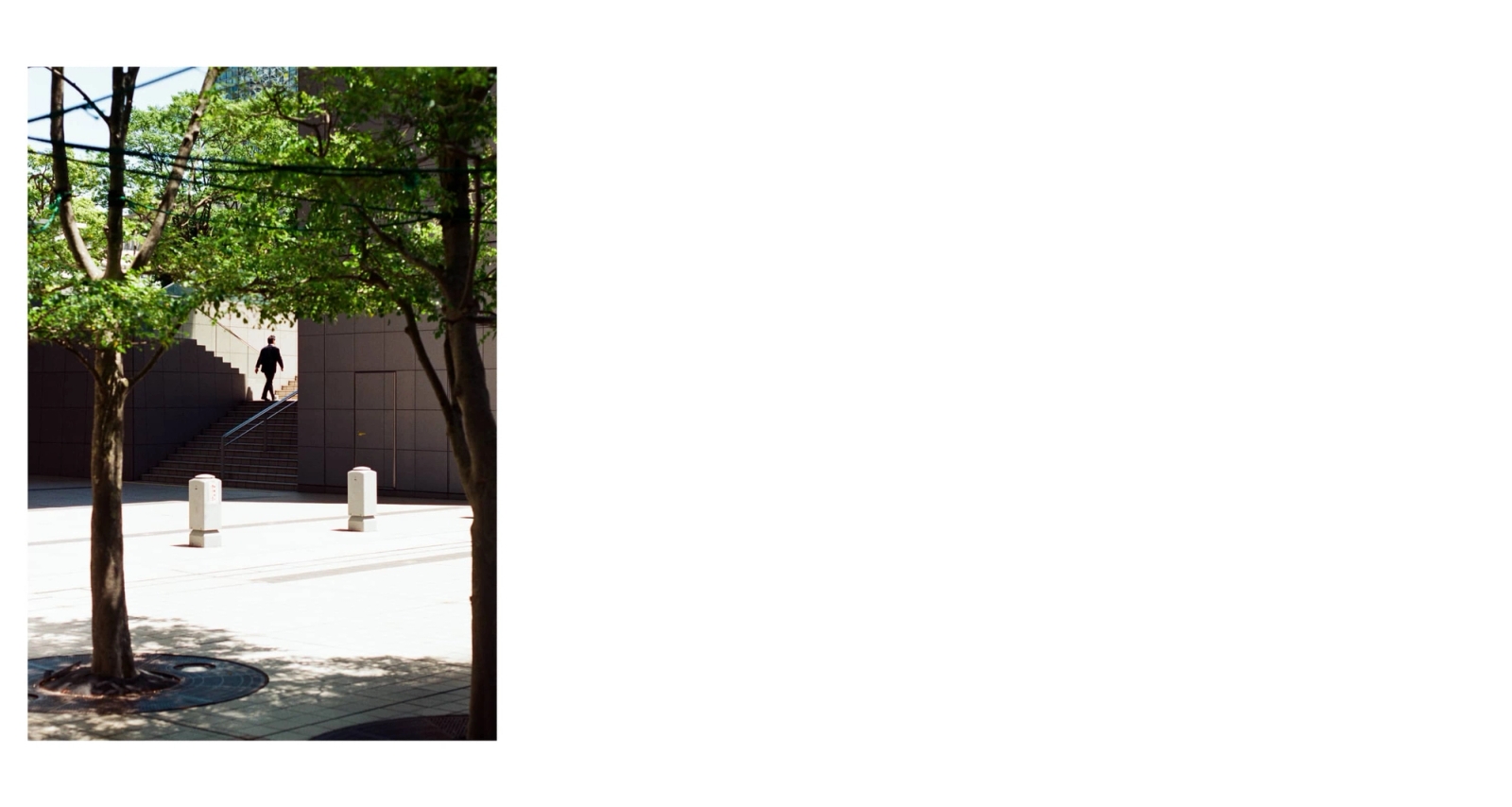
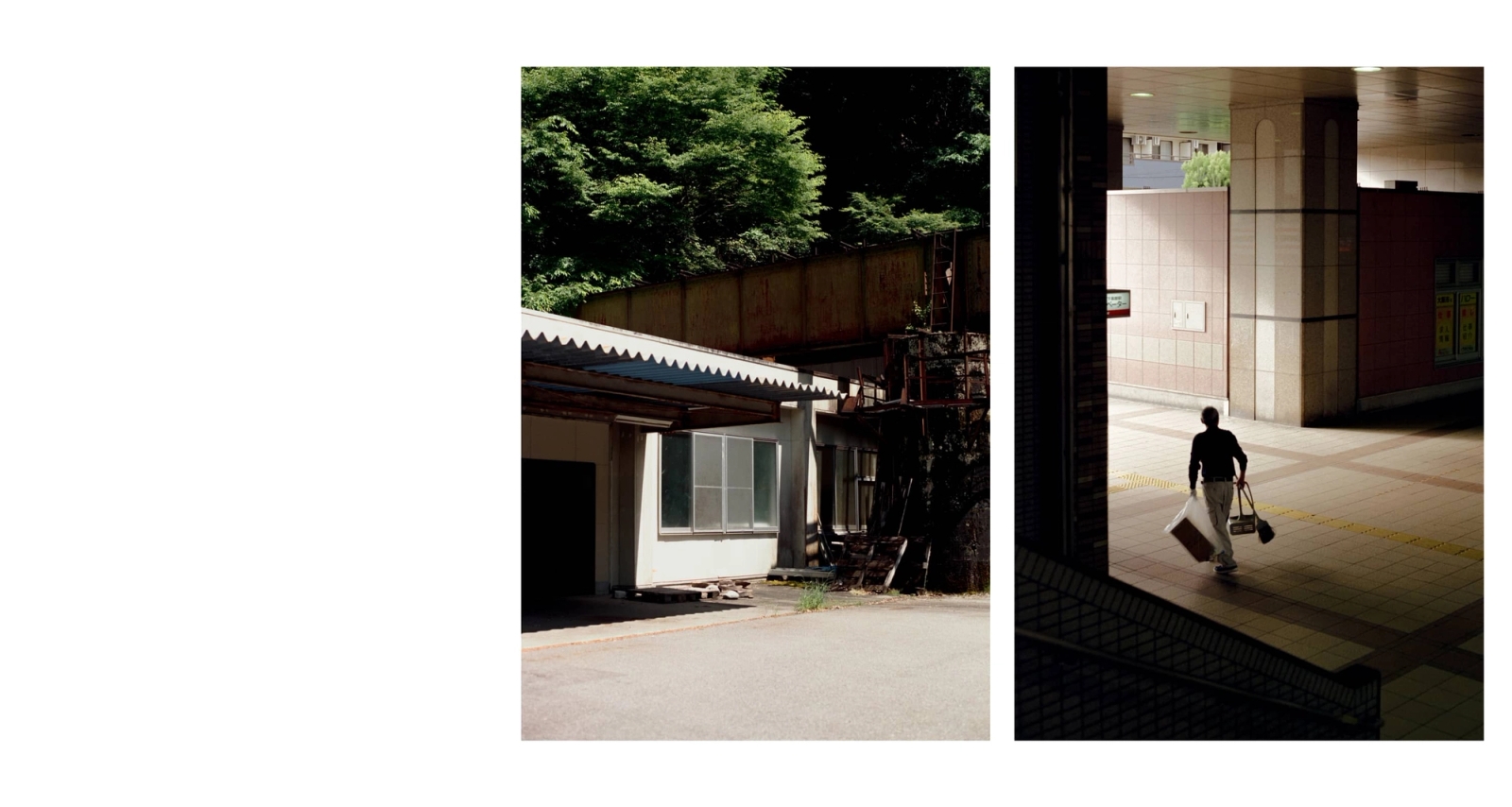

Do you have an emotional connection to your work?
Deeply. There lies an insatiable need to capture and document the world around me, a feeling that’s difficult to put into words. As a primarily introverted person, I use my work as a space to become extroverted with my reflections and emotions. When I look back on my catalog of images, it becomes abundantly clear how much they represent both my mental state and experiences. It’s personal because it’s my life, to me there is no separation.
For more information on Austin Aubry's work visit austinaubry.work
Follow Austin Aubry on Instagram
